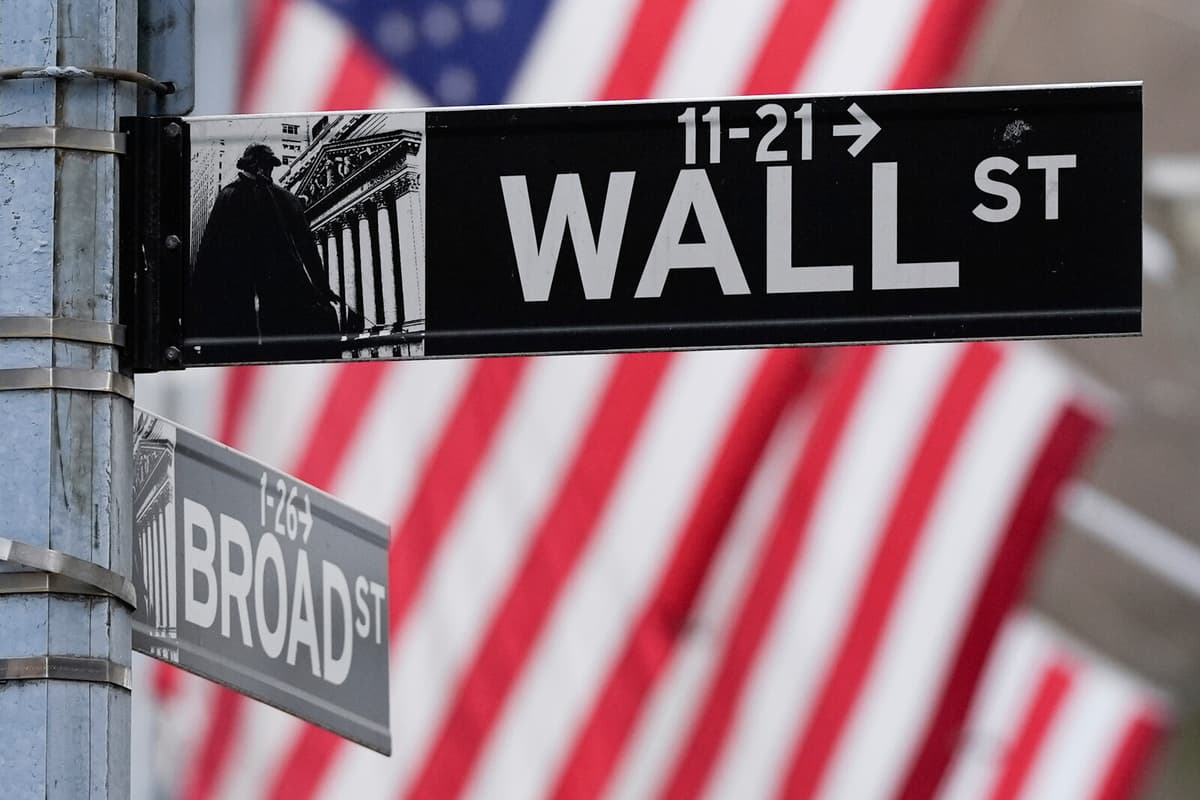The Dow Jones industrial index rose 0.5 percent, the broad S&P 500 index 0.6 percent, and the technology-heavy Nasdaq composite index 0.7 percent.
The week as a whole has been extremely volatile and uncertain, with deep declines during three trading days and plus signs after two.
The market fluctuations are a reflection of the many sharp turns surrounding President Donald Trump's tariff policy. During the week, he has managed to introduce, partially postpone, and then completely pause import tariffs against Canada and Mexico – and simultaneously threaten new ones.
During the week as a whole, the Dow Jones industrial index fell 2.4 percent, the S&P 500 lost 3.1 percent, and the Nasdaq composite index 3.5 percent.
For the S&P 500, it was the worst week since September last year.
Ongoing Volatility
Glen Smith, investment manager at the financial advisory firm GDS Wealth Management, repeats the old truth that the market abhors uncertainty.
Although we expect the market to find its footing and recover from the tariff-driven downturn, investors should prepare for ongoing volatility until these uncertainties clear up, he says to CNBC.
He is supported by Kenny Polcari, strategist at the analysis firm Slatestone Wealth, who also warns of more potholes ahead:
Investors should make sure they understand this and are prepared for what it means. So make sure you've spread your risks ahead of this bumpy ride, he says to Bloomberg.
The Dollar Takes a Hit
A statement by Federal Reserve Chairman Jerome Powell that the US economy is still quite sound came as a small comfort on Friday.
During the day, new statistics also showed that 151,000 new jobs were created outside the agricultural sector in the US in February, compared to expected 160,000 new jobs.
In addition, the unemployment rate rose to 4.1 percent, compared to expected 4.0 percent.
For the dollar – which had already taken a beating from the tariff turmoil – the figures came as a new cold shower. The dollar weakened further, and one dollar now costs 10.08 kronor.






